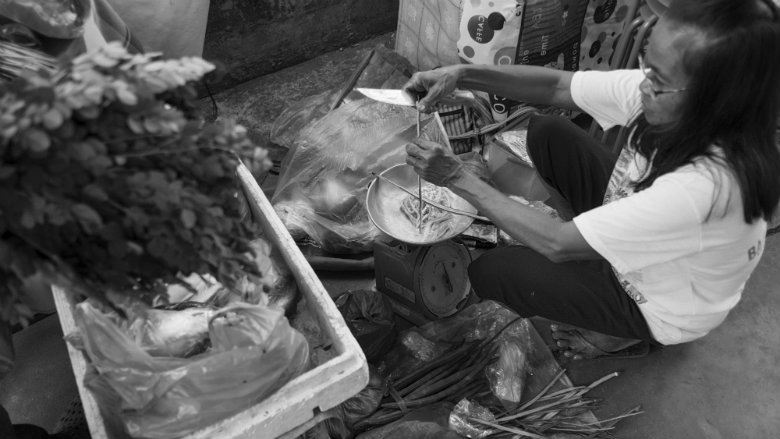Key Findings
The Philippine Department of Social Welfare and Development has led in the provision of opportunities for income-generating activities and livelihood development through the implementation of the Sustainable Livelihood Program since 2011. This policy note describes the program and reflects on opportunities the program has for improving and complementing other social protection programs.
- The objective of the Sustainable Livelihood Program is to reduce poverty and inequality by generating employment among poor households and by moving highly vulnerable households into sustainable livelihoods and toward economic stability.
- It has two tracks: The micro-enterprise development track provides participants with access to funds and training to set up their own microenterprise. The employment facilitation track provides employable individuals access to locally available jobs through public-private partnerships.
- The program has grown from serving 46,000 families in 2011 to 340,000 in 2015, and 166,000 families in 2017.
- Pantawid Pamilyang Pilipino Program (4Ps) conditional cash transfers beneficiaries are the target population, with about 80% of participants in the program. Other beneficiaries are poor families identified by the Listahanan national household targeting registry.
The following key recommendations are highlighted in the policy note:
- Set realistic expectations and refine program goals. The program’s objectives have increased extensively from its early stages of enablers and financers of small enterprises to its current objective of transitioning households from poverty through creating self- and wage employment.
- Review the sustainability of the Seed Capital Fund under the micro-enterprise development track. Repayment rates under this track is low in comparison with other microfinance modalities in the country.
- Strengthen referral linkages to other programs. Effective collaborations of the Sustainable Livelihood Program with other agencies can significantly improve the efficiency of the program as well as ease the burden on the program implementers.
- Integrate SLP with other livelihood and active labor market programs in the country. A government wide inventory of all anti-poverty and livelihood interventions of programs is needed to assess which ones can be combined or coordinated to achieve the goals established for a unique Livelihood Program.
